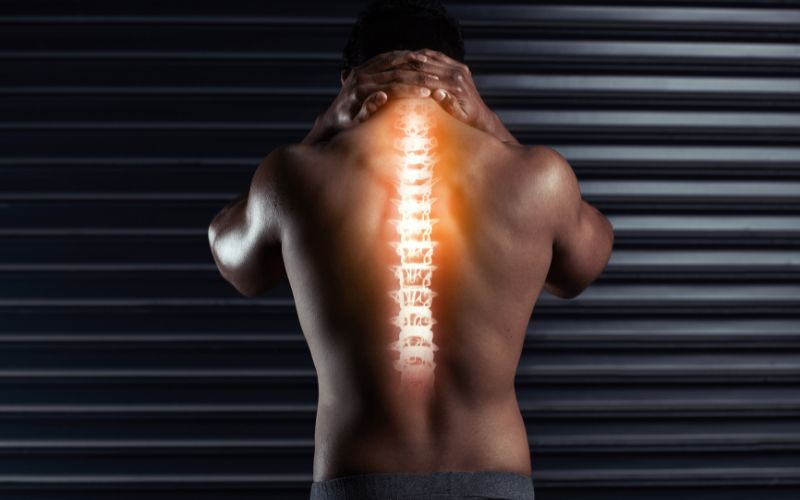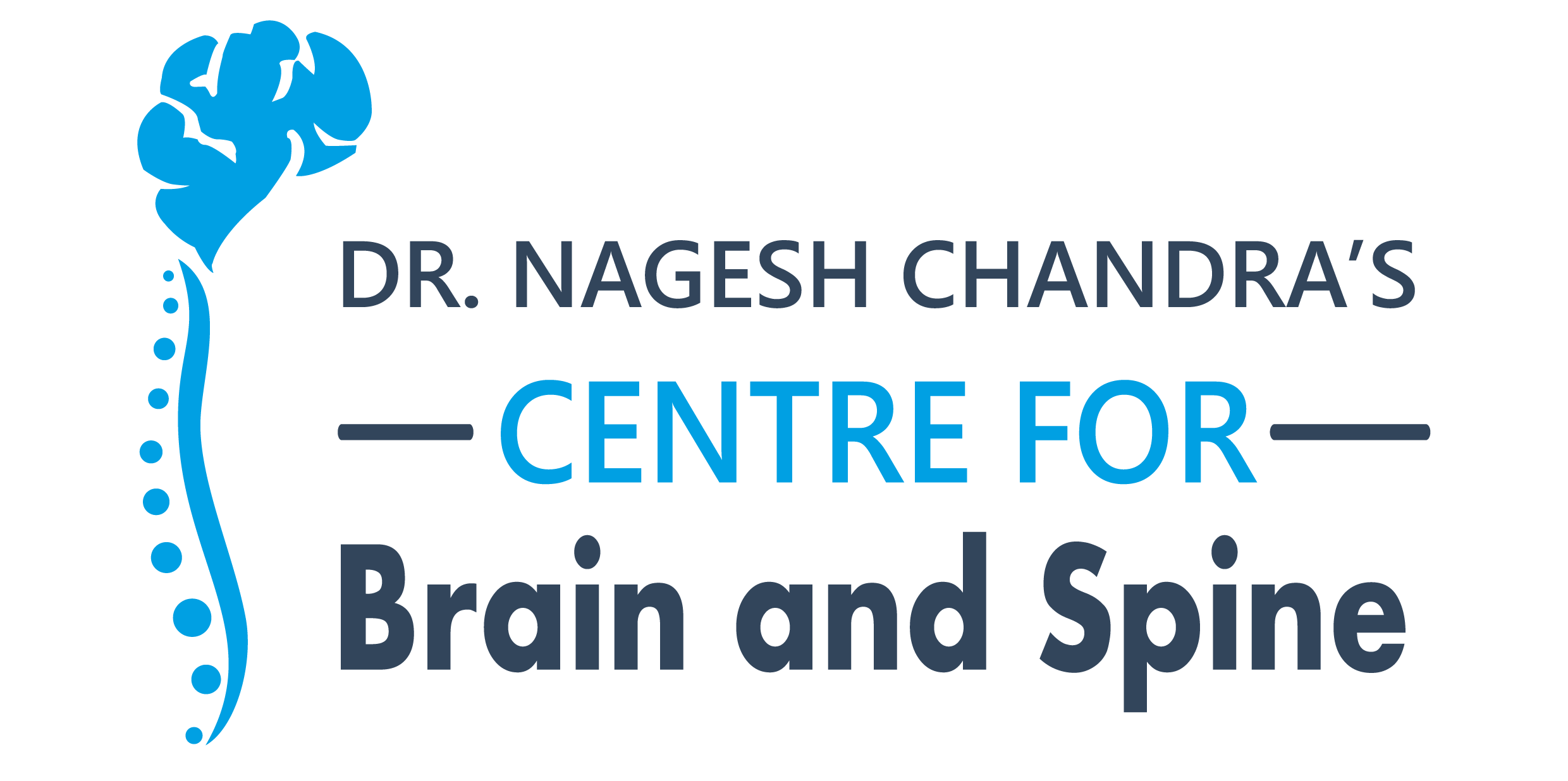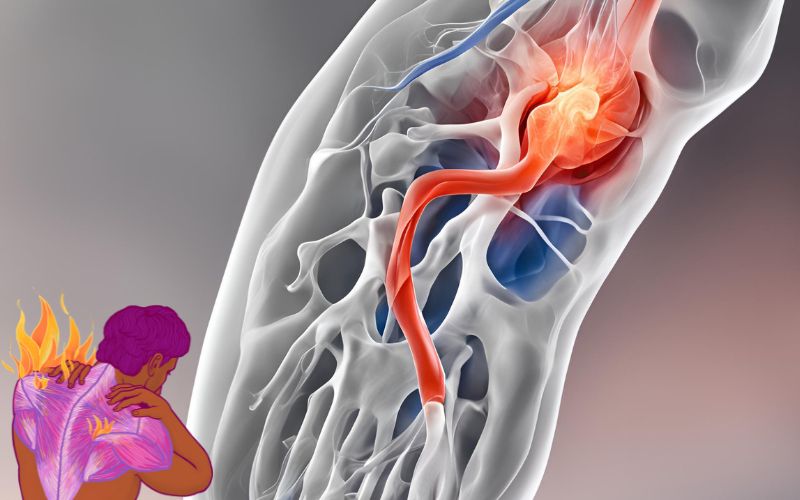Spasticity is a medical condition that produces irregular muscle tension when muscles stay contracted for too long. Voluntary movement control by brain and spinal cord injuries leads to the development of spasticity in patients. Spasticity leads to multiple problems which reduce both physical movement and routine tasks and decrease quality of life. People with neurological disorders like stroke, multiple sclerosis and those with spastic cerebral palsy usually experience this condition.
Proper spasticity treatment requires clear knowledge about the condition including its causes, symptoms, and available treatment methods. The article talks about spasticity and shares important knowledge as shared by the neurosurgeon in Dwarka, Delhi.
What is Spasticity in Muscles?
Spasticity is a condition that makes muscles stiff. It happens when signals from the brain or spinal cord are interrupted. The brain and spinal cord help control our body. When these signals are not sent or received properly, our muscles can become too tight.
This condition can be seen in many illnesses and injuries. For example, some children may have spastic cerebral palsy. Adults may face spasticity because of strokes, brain injuries, or spinal cord injuries. Sometimes, people may have spastic and flaccid paralysis. In other words, some muscles may be too stiff, while others may be weak. In other cases, a person might have spastic paralysis where muscles are continuously tight.
Causes of Spasticity
Spasticity can occur for many reasons. When the brain or spinal cord is injured, spasticity often follows. Here, we explain some common causes.
Brain Injuries and Stroke
A stroke happens when the blood flow to the brain is blocked. This blockage can damage the brain cells. When the brain is injured, it may not send clear signals to the muscles. This can lead to spasticity. People who suffer a stroke may develop spastic paralysis or have features of spastic and flaccid paralysis.
Spinal Cord Injuries
When the spinal cord is damaged, it can cause spasticity. The spinal cord is like a highway that carries messages from the brain to the muscles. If this highway is damaged, the signals become mixed up. This is a common cause of spasticity after a spinal cord injury.
Neurological Disorders
Some neurological disorders also cause spasticity. For example, multiple sclerosis can lead to muscle tightness. These disorders affect the brain and spinal cord, leading to abnormal muscle contractions.
Genetic and Developmental Causes
Some children are born with conditions that affect their muscle control. Spastic cerebral palsy is one of these conditions. In cerebral palsy, the brain develops abnormally. This causes the muscles to tighten and not work as they should. It is important to note that spastic cerebral palsy is only one type of cerebral palsy.
Other Factors causing spasitity
Infections and other illnesses that affect the brain or spinal cord can lead to this problem. Infections such as meningitis, which is an infection of the membranes around the brain, can also damage the nervous system. In these cases, a person may have spastic paralysis along with other symptoms.
What are the symptoms of Spasticity?
Spasticity can show itself in many ways. People with this condition may notice several symptoms that affect their daily life. In this section, we list common symptoms and explain them in simple terms.
- Muscle Stiffness
- Muscle Spasms and Involuntary Contractions
- Abnormal Postures
- Pain and Discomfort
- Fatigue and Weakness

Diagnosing Spasticity
Diagnosis is the first step in managing spasticity. A proper diagnosis helps doctors plan the best course of action. In this section, we explain how spasticity is diagnosed.
Medical History and Physical Examination
Doctors start by asking questions about the patient’s medical history. They look for signs of brain or spinal injuries and any other conditions. A detailed physical examination helps the doctor feel the muscles and assess their tightness. This method is simple and direct. When a patient shows signs of spastic and flaccid paralysis, the doctor looks carefully at which muscles are affected.
Neurological Tests
Neurological tests help doctors understand how the brain and nerves are working. These tests may include:
- Reflex tests
- Range of motion tests
- Muscle strength tests
Imaging Studies
Sometimes, imaging studies such as MRI (Magnetic Resonance Imaging) or CT (Computed Tomography) scans are needed. These tests let doctors see the brain and spinal cord in detail.
Electromyography (EMG)
Electromyography is a test that measures the electrical activity of muscles. This test helps doctors see how well the muscles are working. EMG can show if the muscle stiffness is due to spasticity.
Treatment for Spasticity in Delhi
Once spasticity is diagnosed, treatment can begin. There are many ways to treat and reduce the symptoms.
- Medicines
- Physical Therapy
- Occupational Therapy
- Spasicity Surgery
- Complementary and Alternative Therapies
- Combining Treatments for Best Results
Intrathecal Baclofen Pump
A small pump is implanted under the skin to deliver baclofen directly to the spinal cord. It is used in severe spasticity cases where oral medicines are ineffective.
Selective Dorsal Rhizotomy (SDR)
A spasticity surgery where specific nerves responsible for spasticity are cut. It is mostly used in children with cerebral palsy.
Spasticity is not just a condition—it is a challenge that affects the muscles, daily activities, and overall quality of life. From medicines and physical therapy to surgery provided by the best neurosurgeon in Delhi, and spine specialist in Delhi, there are many options to managing this condition effectively.
Remember, early intervention, a strong support network, and access to expert care are the keys to overcoming the challenges, whether it is seen in spastic cerebral palsy, spastic and flaccid paralysis, or spastic paralysis.
If you are ready to begin your journey to better health, visit the Center for Brain and Spine today. where Dr. Nagesh himself offers personalised treatment plans and expert care designed to help you treat problems like spasticity, scoliosis, and kyphosis effectively. Don’t wait—reach out now and take the first step towards a more comfortable, active, and fulfilling life.

